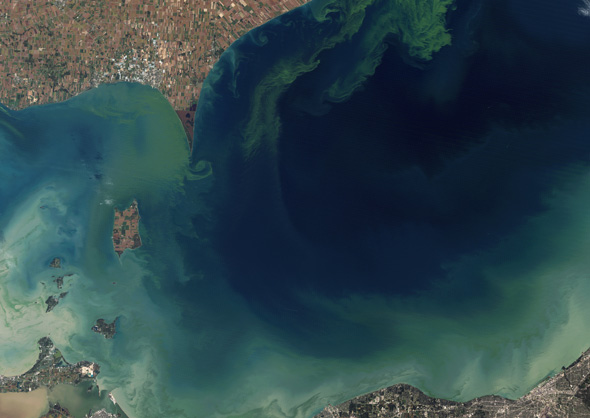-
Michael D. Lemonick, Climate Central
Surprise Geoengineering Test Goes Forward Off Coast of Canada
November 2, 2012 By Wilson Center Staff
The original version of this article, by Michael D. Lemonick, appeared on Climate Central.
Harvard’s David Keith calls it the “goofy Goldfinger scenario” – a rogue nation, or even an individual, would conduct an unsupervised geoengineering experiment – and he confidently predicted in a story I wrote last month that it would never happen.
It took about a month for him to be proven wrong. In mid-October, The Guardian reported that an American named Russ George had dumped 100 metric tons of iron sulfate into the waters off western Canada, triggering a bloom of algae. George claimed he did it with the knowledge of Canadian authorities, using equipment lent to him by NOAA (which said it didn’t know of his plans).
Scientists (presumably including Keith) were outraged that such a thing could happen. It’s not that they have anything against algae, but rather that the project was a type of geoengineering – a suite of anti-climate-change strategies that are highly controversial because they have the potential for triggering significant unintended consequences.
But triggering an algae bloom is also a way to suck carbon dioxide out of the atmosphere, and along with spewing particles into the stratosphere to block some of the sun’s heat, it’s one of the main techniques geoengineers talk about using if efforts to limit those emissions ultimately fail.
Continue reading on Climate Central.
Sources: The Guardian, The New York Times.
Photo Credit: Toxic algae blooms in Lake Erie, October 2011, courtesy of flickr user eutrophication&hypoxia.
 A Publication of the Stimson Center.
A Publication of the Stimson Center.






